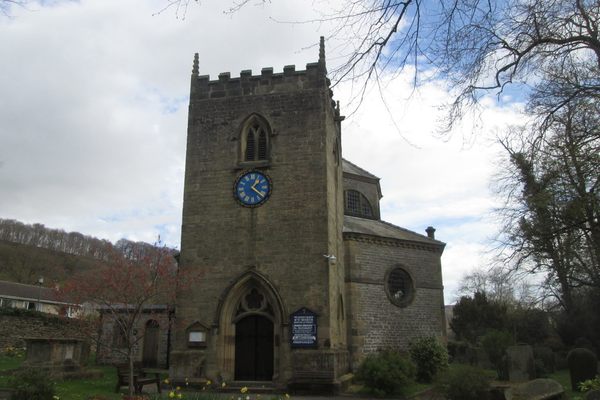About
Opened in October 2012, the Elena Garro Cultural Center takes up a Coyoacán mansion (locally known as casona) that dates to the early 20th century. In order to expand their many bookshelves beyond the space offered by this building, the architectural redesign would see a concrete and glass extension project forward to allow books to exit the casona, and trees come in. The larger trees on what used to be the front yard have been incorporate into the cultural center's modern shell and grow through openings on the floor and ceiling.
This bold project comes from Fernanda Canales González, one of Mexico's most renowned female architects. Designed along with studio Arquitectura911, Canales's work is part of a celebration of female creatives in the country. Sculptor Paloma Torres participated in the creation of the striking patterns used on the exposed concrete surfaces of the construction, along with additional details. Finally, there's the center's namesake herself, writer Elena Garro.
Born in Puebla in 1916, Garro grew up in Iguala. In 1937 she married Octavio Paz, who she had met when they were both students in Mexico City (as of 2024, Paz is the only Mexican writer to have won a Nobel Prize for Literature). They spent their honeymoon in Spain, in the midst of that country's civil war. The experience led Garro to write the poem "Memories of Spain," one of her first published texts. During their marriage, Garro's career focused on journalism and investigation. Following their separation in 1956, her writings turned toward the big screen, as some of her screenplays were turned into films.
In 1968, an eventful year given Mexico City's hosting of the Summer Olympics, the preceding student protests, and the government's deadly reactions to them, Garro left the country in self-exile. Her decision to not commit to the Communism-inspired student leaders saw her rejected by many of her peers. She spent years in the United States, Spain, and France before returning to Mexico in 1991. By that point, her reputation in Mexico had grown and she was met with homages and recognition. Following her death in 1998, her legacy has continued to be cemented by the likes of this cultural center, with some considering her as the most important female writer in Mexico since Sor Juana.
While much of the building is taken up by the bookstore, the rooms of the former mansion now host other events like workshops, talks, music and theater performances, along with other cultural offerings. The building's modern structure was designed to be separate from the mansion, so that, if the need should arise, it could be detached and leave the casona in its original state.
Related Tags
Know Before You Go
Open daily from 10 a.m. to 9 p.m. The nearest Metro stations are Coyoacán and Viveros on Line 3 (dry green) and Eje Central on Line 12 (gold).
Yucatan: Astronomy, Pyramids & Mayan Legends
Mayan legends, ancient craters, lost cities, and stunning constellations.
Book NowCommunity Contributors
Added By
Published
August 6, 2024
Sources
- https://www.educal.com.mx/elenagarro/arquitecta.html
- https://inba.gob.mx/prensa/13521/elena-garro-lucida-y-enigmatica-escritora-del-siglo-xx
- https://www.educal.com.mx/elenagarro/escultora.html
- http://www.elem.mx/autor/datos/421
- https://www.educal.com.mx/elenagarro/proyecto_arquitectonico.html
- https://web.archive.org/web/20140511045443/http://www.fernandacanales.com/index.php/proyectos/galeria/esp/5211c82c036fe25445743f2d13243403




























